Attempting to navigate the Tokyo subway system is hard enough at the best of times, but doing so with a jetlag-addled brain after a 13-hour flight from London was, well, challenging.
Sensory overload doesn’t begin to describe it – sights, sounds and smells bombard you from all sides and all you can do is cling on and concentrate on your task: finding your way through the crowds of the world’s biggest, most exciting, most populous city.
To some people that might sound stressful, but in practice it was an incredibly stimulating experience – particularly so because we knew what lay ahead once we reached our destination.
The Palace Hotel, as it was known then, opened its doors in 1961 and its peerless service and understated luxury quickly attracted well-heeled guests from around the globe, who were keen to see what Japan and its thriving post-war economy had to offer.
Modern haven of opulence
For more than half a century, the Palace Hotel remained one of Tokyo’s best hotels – until 2009, when its owners took the bold step to close its doors and demolish the old building.
Over the next three years, the hotel was rebuilt, remodelled and reborn as the modern haven of opulence that I, a slightly frazzled traveller from Aberdeen, was now about to experience.
From the moment we stepped across the threshold of the Palace Hotel Tokyo and into the bright, expansive (and wonderfully scented) lobby, any stresses we had experienced on our hectic journey from the airport vanished in an instant.
Porters took our bags, a friendly young concierge guided us to the front desk and, before we knew it and with the minimum of fuss, we were being shown to our room.
Our deluxe room was nothing short of stunning.
In a city of 40 million people, space is at a premium but the Palace Hotel Tokyo throws those conventions out the window – and then adds a huge balcony.
Looking out over the Imperial Palace, the official residence of the Emperor of Japan, there can be few hotel rooms in the city that have such a spectacular view.
When night came, and the thousands of lights on Tokyo’s army of skyscrapers blinked to life, the view from our room was otherworldly.
The remarkable thing about the Palace Hotel Tokyo is that you could easily spend your entire time within its confines and still feel as though you had a rich experience of Japanese culture.
For foodies in particular, it’s like going to a culinary theme park.
The easiest way to sample the country’s vast food landscape is to book a stay under the hotel’s two-night Art of Gastronomy packages.
As well as traditional multi-course kaiseki lunch or dinner at the hotel’s signature Japanese restaurant, Wadakura, guests can also enhance their stay with experiences that get you out and about.
Sophisticated evening of cocktails
If you want to sample a cross-section of the city’s best ramen shops or even go on a street food tour, the hotel will lay on an expert guide who knows the city’s food scene intimately and will personally take on a bespoke tour.
Our first authentic taste of Japan came on the sixth floor’s Lounge Bar Privé.
Perched on the sixth floor, Lounge Bar Privé is the perfect spot for a sophisticated evening of cocktails and light bites. The ambiance is sleek and intimate, with the plush seating and ambient lighting perfect for savouring the panoramic views of the city’s stunning skyline.
We found the perfect way to dip our toes into the flavours and textures of Japan was by ordering a Soso Kiwami bento box lunch.
Each of the four wooden and ceramic boxes contained a different style of Japanese cuisine and it was a true foodie experience, with virtually every mouthful prompting a smile of delight and satisfaction between myself and my husband.
The sushi was the freshest we’d ever tasted and I still dream about the deep-fried seabream with perilla leaves. Even the sesame tofu was a revelation (and made me realise that I’ve maybe been a little bit harsh on tofu in past).
The hotel boasts an impressive array of dining venues, each with its own unique ambiance and gastronomic specialties, ensuring that every meal becomes a memorable occasion.
At the pinnacle of the hotel’s culinary offerings is Esterre, a Michelin-starred contemporary French restaurant from the legendary chef Alain Ducasse.
Under the leadership of chef Kei Kojima, who personally sources the freshest of ingredients from the markets each morning, Esterre combines Japanese favours with classic French techniques.
For a truly authentic taste of Japan, Wadakura is the hotel’s flagship Japanese restaurant, offers a comprehensive culinary journey through Kaiseki (traditional multi-course dining), sushi, tempura, and teppanyaki.
Entering the restaurant, with its shoji screens, minimalist wooden décor and soft tatami floors, is like stepping back in time while the authentic dishes such as grilled Wagyu beef and sashimi platters showcase and celebrate the culinary heritage of Japan.
Authenticity is the key word with the dining options. While many hotels may include restaurants as an afterthought, at the Palace Hotel Toyko they are a star attraction.
It’s no surprise the prestigious Michelin guide awarded the hotel three keys – the highest marks – and swooned “a stay is likely to set a standard that you’ll find other luxury hotels unable to match”.
We finished our first night – and staved off jetlag a bit longer – in the Royal Bar, a vintage cocktail bar tucked away off the lobby.
Although the hotel has been rebuilt, the original bar top from 1961 remains in place and the bartender crafted our martini and Old Fashioned with the care and precision of a brain surgeon. It was the perfect place to unwind.
The next morning – and after delightful breakfast on the terrace overlooking the hotel’s gardens and moat – we explored the nearby Imperial Palace.
Located literally two minutes from the door of the hotel, it serves as the residence of the Emperor and is surrounded by expansive gardens, moats and historic structures.
After all our eating in the previous 24 hours, it was lovely place to explore and burn off the calories (while dodging busload after busload of Japanese schoolchildren).
The East Gardens are perhaps the most historic sections of the park. Amid the lush landscapes and seasonal flowers are the remains of Edo Castle, which for 260 years was home to some of the country’s most powerful and feared shoguns.
The main building of Edo Castle burned down in the 1860s but parts remain and the global success of the TV series Shogun has made this an incredibly popular place to visit.
Overlooking the Imperial Palace gardens is the National Museum of Modern Art – about 15 minutes on foot from the hotel.
Incredible views over the city
The museum’s collection spans Western-style paintings, nihonga (traditional Japanese painting), sculptures and photography and is a must-visit for art lovers.
With such world-renowned tourist attractions on the hotel’s doorstep, it was easy to fill our day without setting foot further afield – that would come later in our holiday.
Returning to our room and seeking to give our aching legs a bit of a rest, we booked a visit to the hotel’s award-winning pool and leisure facilities.
Set on the fifth floor with, you’ve guessed it, incredible views over the city, the Evian Spa has everything you could want for an hour or two of relaxation and pampering.
Boasting private spa rooms, plunge pools and marble baths, the spa has been given a prestigious five-star rating from Forbes Travel Guide.
While our first night at the Palace Hotel Tokyo ended with us sipping cocktails, our final night was spent swimming in the deserted pool as the skies outside the floor-to-ceiling windows darkened and the skyscrapers came back to life.
It was a magical introduction to Japan – and one I fear may never be topped.
How to stay at the Palace Hotel Toyko
The Art of Gastronomy packages cost 400,000 yen (approximately £2,000) and include: two nights of accommodation, daily breakfast in-room or moat-side at Grand Kitchen, a choice of a prix-fixe kaiseki lunch or dinner at Wadakura, accompanied by a matcha tasting.
For more details, visit the Palace Hotel Tokyo’s website
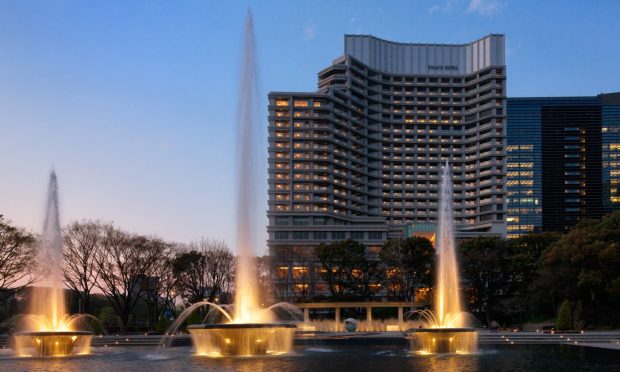
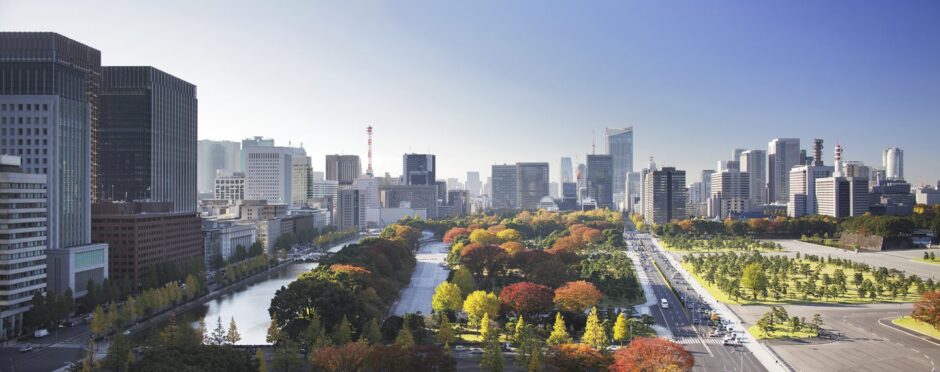
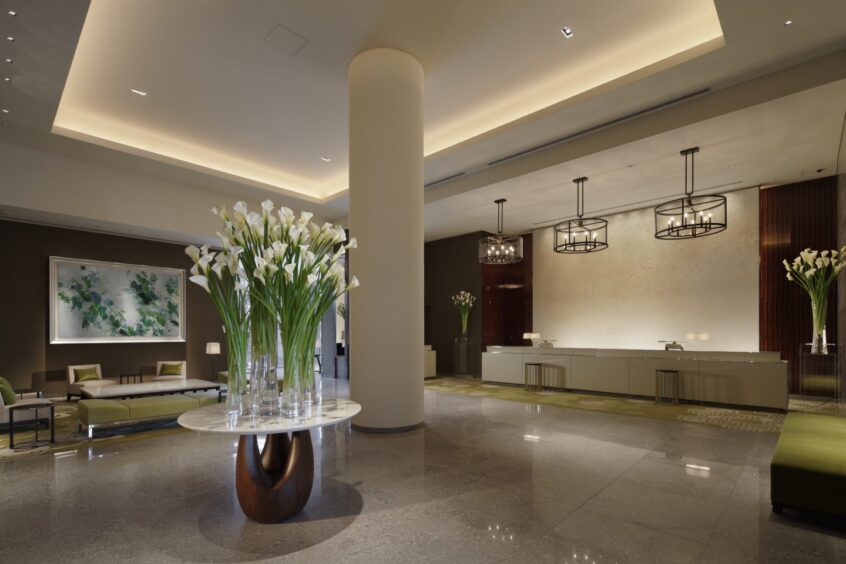
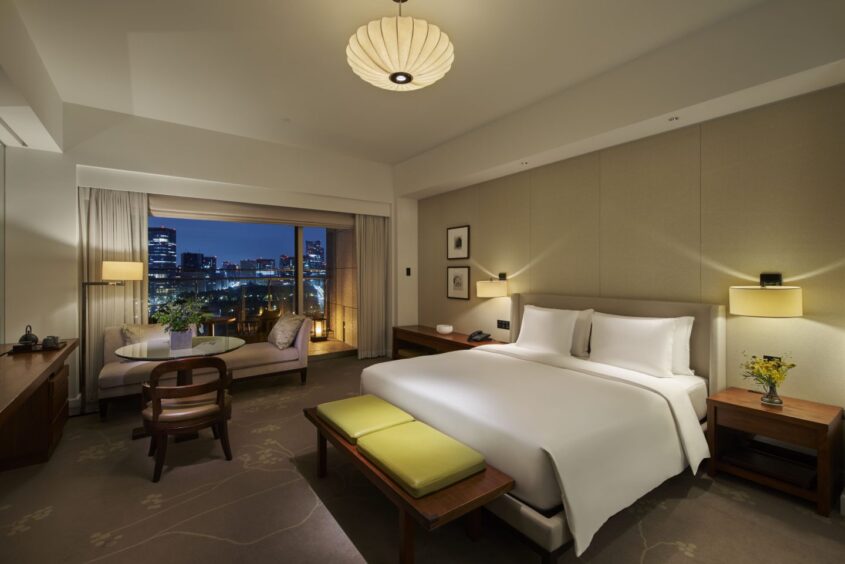
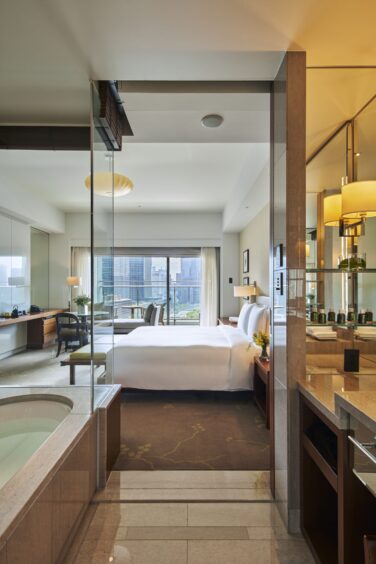
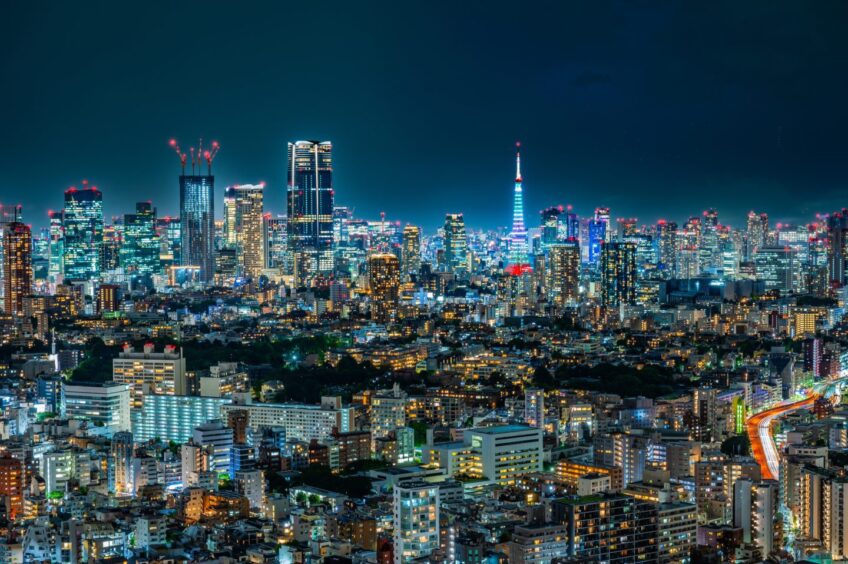
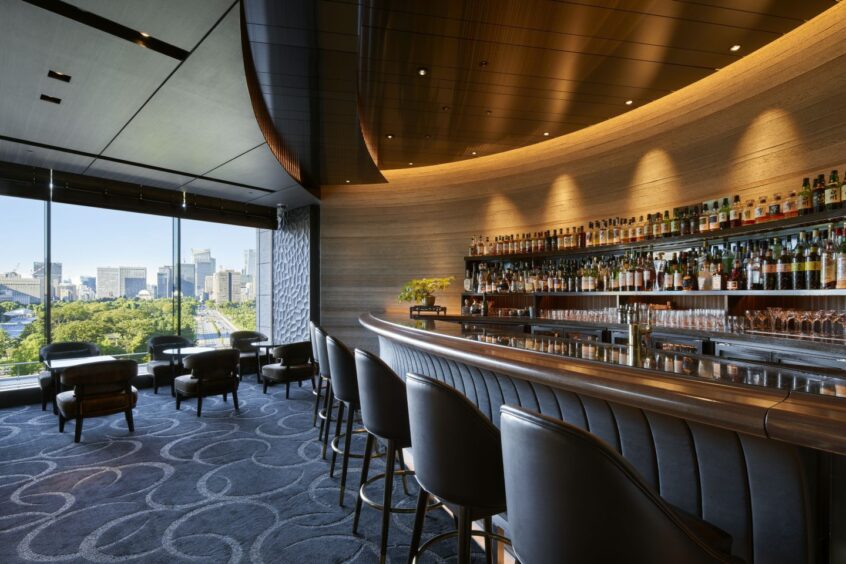
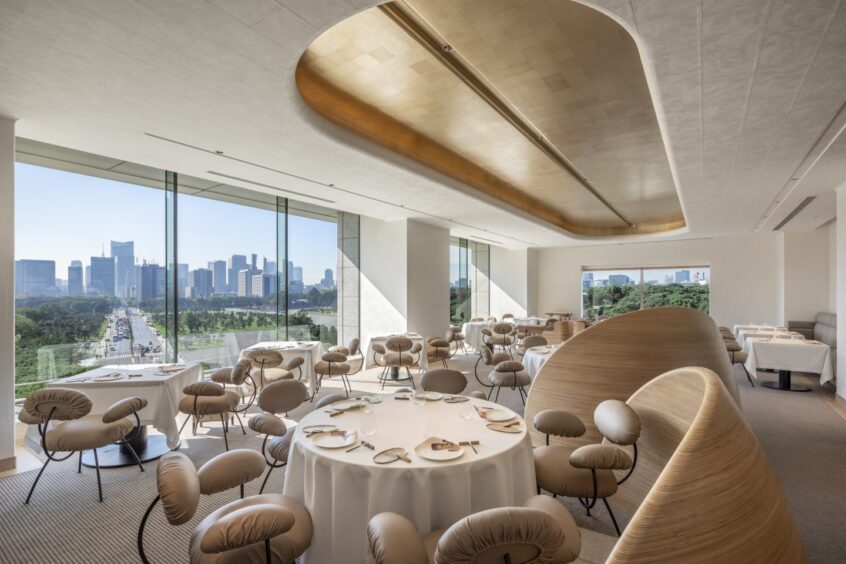
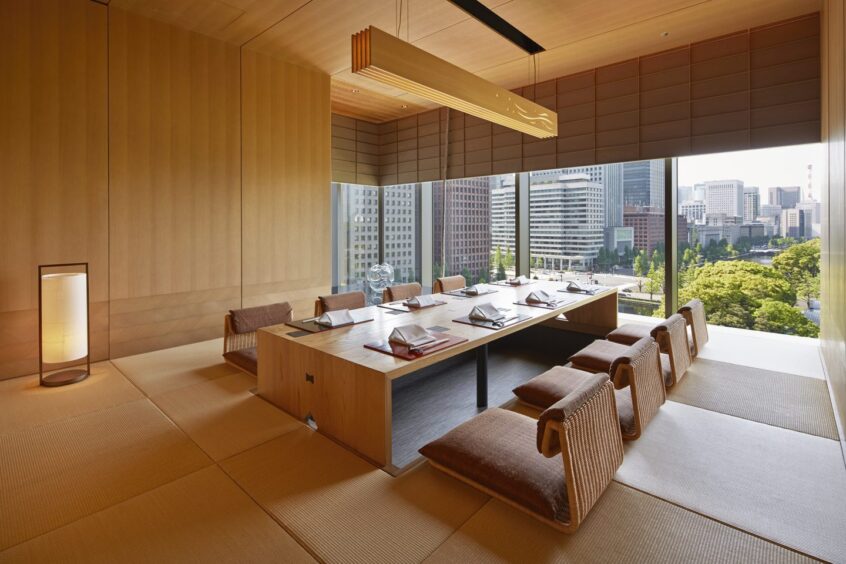
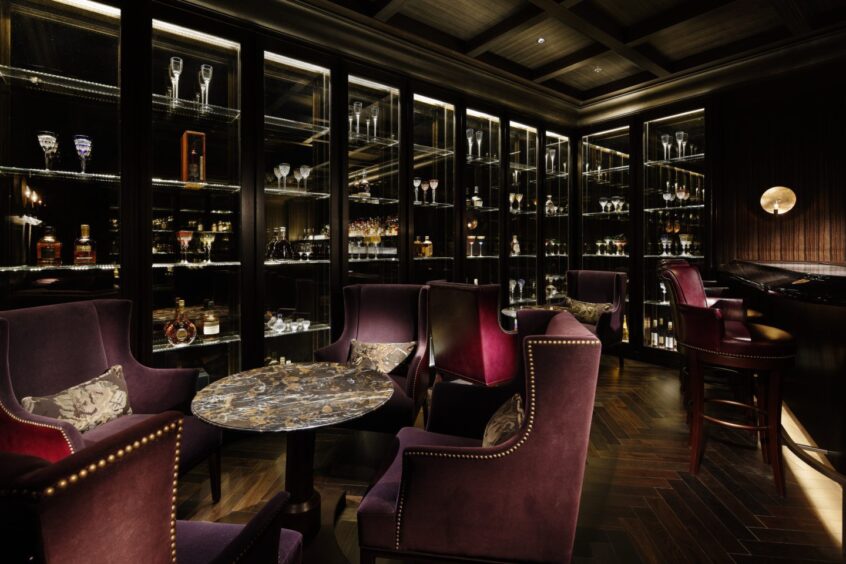
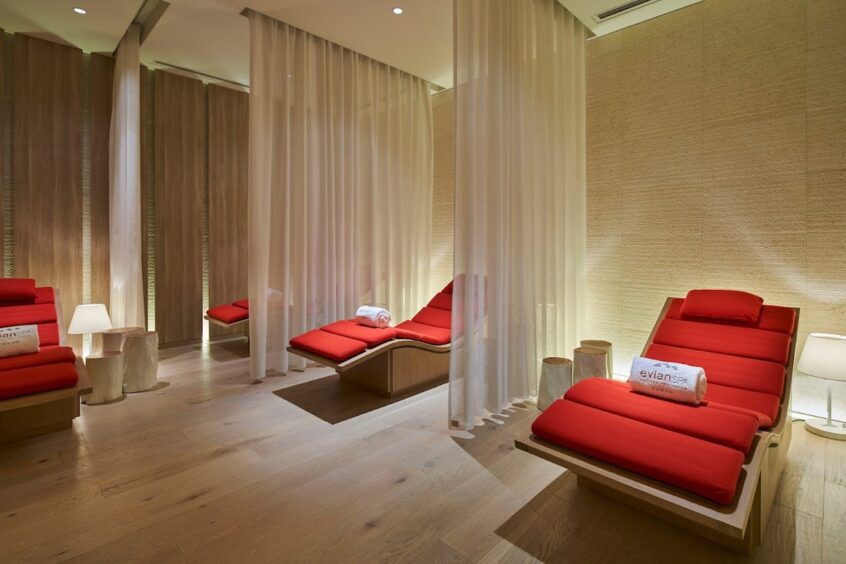
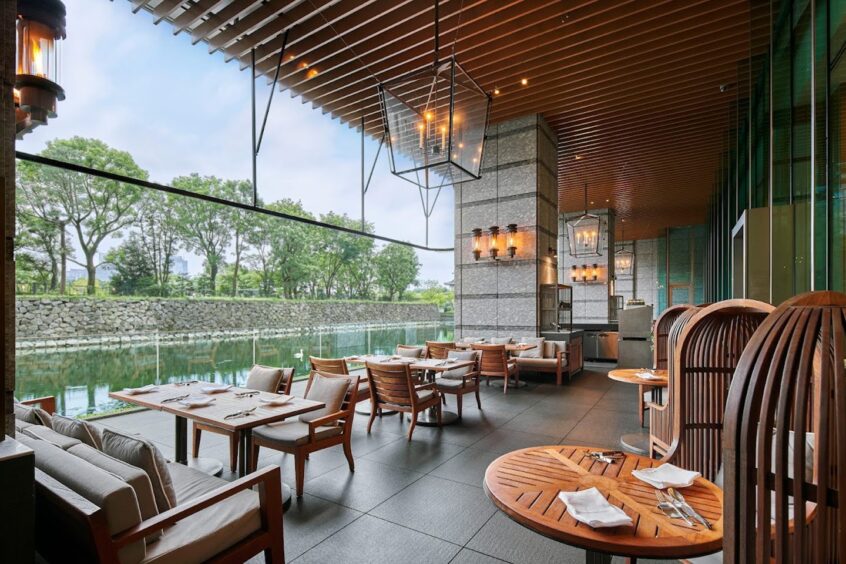
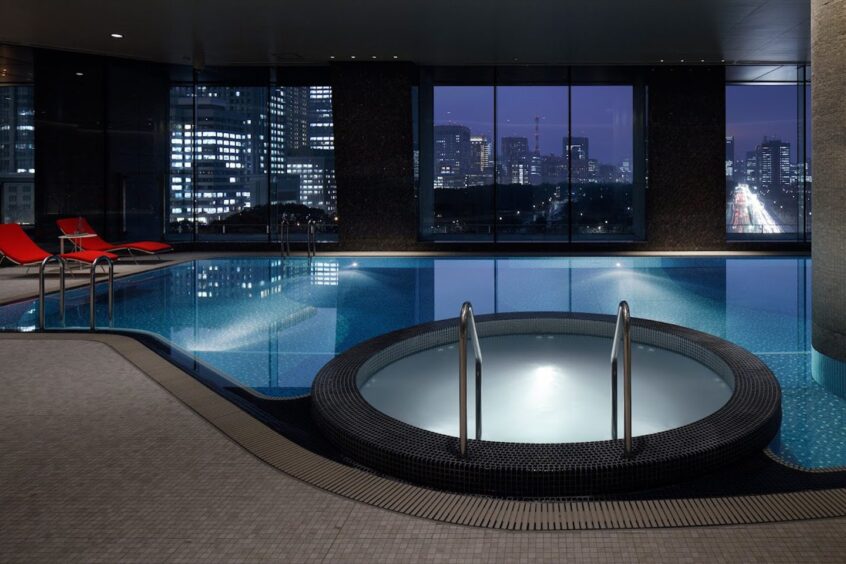
Conversation